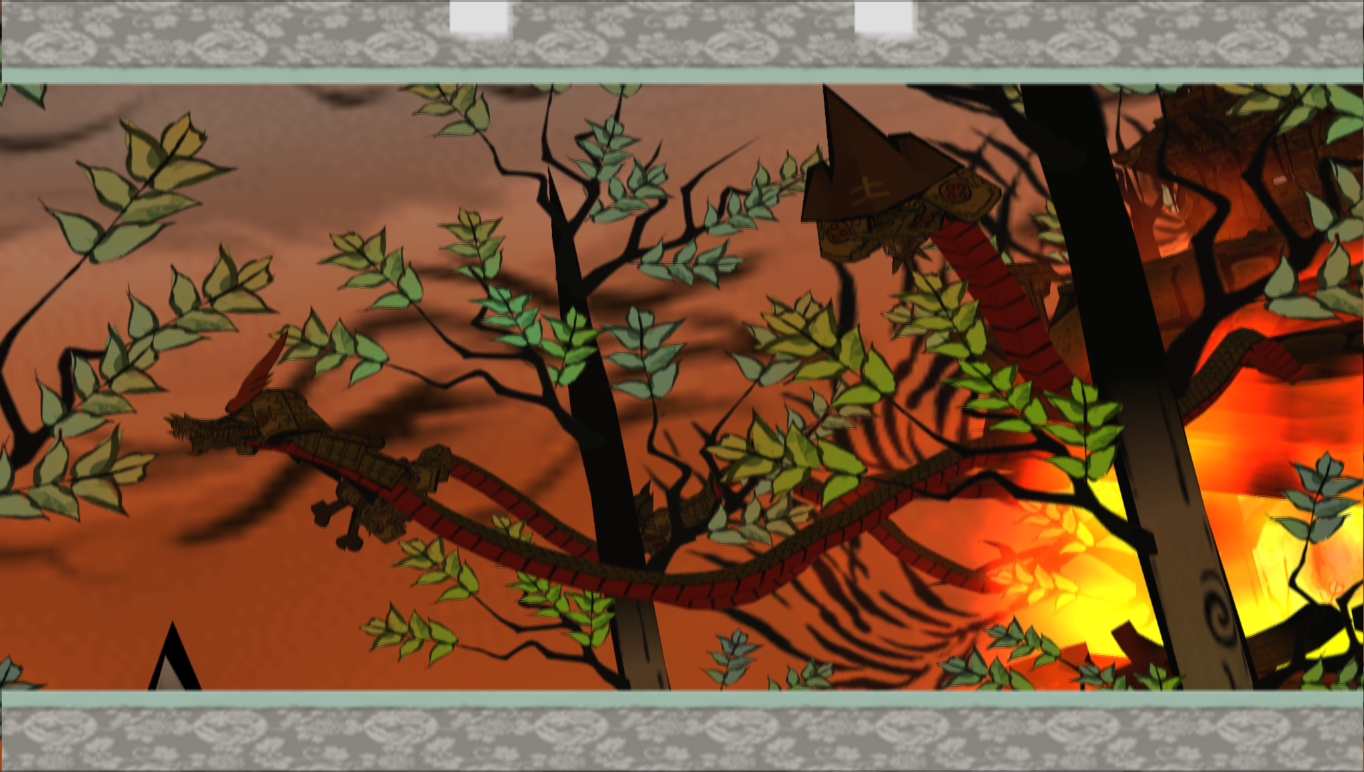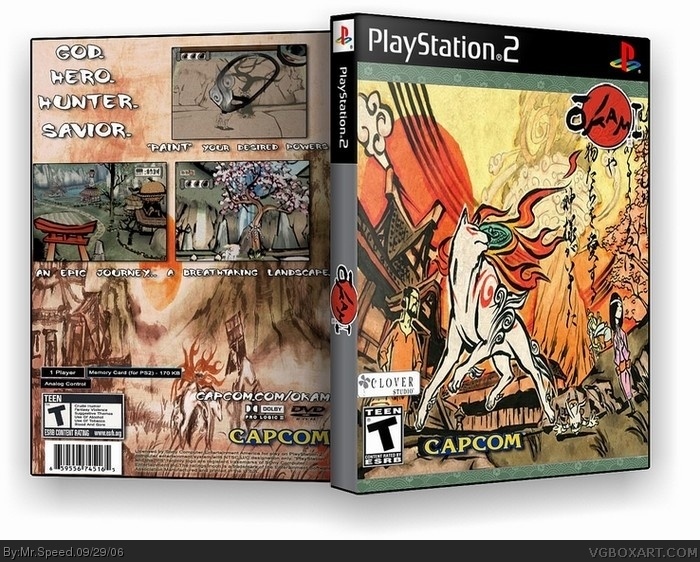

Using a needle as a sword, Issun-boshi goes on a quest to find the hammer that will make him normal-sized.) In Okami, the lucky mallet allows you to shrink down to and grow from Issun’s size. The mother gives birth to Issun-boshi, who never grows more than one inch tall. (To summarize the story, which does not come from the Shinto books, an infertile couple pray to have just one child, no matter how small. The game has great story and many immature jokes, most of which come from Issun, based on Issun-boshi, the one inch boy. You do this by traveling around Nippon, blooming Guardian Saplings with the Celestial Brush, which cause pretty cutscenes when they bloom. The goal of Okami is to restore Nippon to its original state.

I probably don’t have to explain this, but ‘Nippon’ is what Japanese people call Japan. When the nameless person steals Tsukuyomi from the Moon Cave, Orochi, based off of Yamata-no-Orochi, is released and forces darkness upon Nippon. It is no coincidence that Tsukuyomi’s power is unleashed by drawing a moon in Okami: Tsukuyomi is the god of the Moon. Susanoo was born during the same bath as Amaterasu and Tsukuyomi. Nagi is definitely inspired by Izanagi, because he is an ancestor to Susano in Okami and he is Susanoo’s (not a typo) father in the Shinto. The main idea of the game is that a certain someone (who will remain nameless) stole the sword Tsukuyomi, which Nagi used to seal Orochi in the Moon Cave after defeating him. The game is done in a Japanese art style that reflects its main theme. Okami is a gorgeous game where you have to make the world more gorgeous, even though it’s gorgeous in the first place. (I know critics like Zelda more, and I don’t care.) So if you like Zelda, but it isn’t good enough for you, play, this far superior game. And since I’ve mentioned The Legend of Zelda, Okami is clearly influenced by that series. And unlike certain games, *cough*Zelda*cough*, the powers that you gain will be frequently used throughout the game’s overworld and dungeons. There are thirteen different powers for you to collect throughout the game. You can draw the sun in the sky to make it day, a moon to make it night, a line through an object to cut it in half and so on. After freeing gods from constellations, they give you new powers for your brush. As you progress through Okami, you must make use of the “Celestial Brush,” which is essentially the crayon in Harold and the Purple Crayon. She was born of Iza nagi in Shintoism, when he washed off his tears while mourning Iza nami‘s death. Okami centers around Amaterasu, the goddess of the sun. They are incredibly Japanese and should not have been brought to America, where tasteless Americans who care about America cannot begin to grasp the pure, unfiltered Japaneseness of these gems. Both games were made by Capcom and probably not localized beyond translations. (The version discussed here is the much faster Wii release.) Okamiden is a DS exclusive. Okami originated on the PS2, where it was slow and tedious, but still a good game. But what are they? Where did they come from? And does this game have a cult following? Knowledge of Japanese culture and folk tales are also necessary to fully enjoy this game. Okami and Okamiden are two very enjoyable games, especially if you are well versed in the Kojiki and Nihon Shoki, the lore books of Shintoism, a Japanese religion. You will not know any more about these games in advance than someone who knows a few stories from the Kojiki or Nihon Shoki. However, be warned: frequently the game mirrors mythology. It has spoilers for what certain mythology-inspired characters do in their original stories, but not what they do in the game. Warning: This article contains spoilers for Okami and Okamiden.


 0 kommentar(er)
0 kommentar(er)
